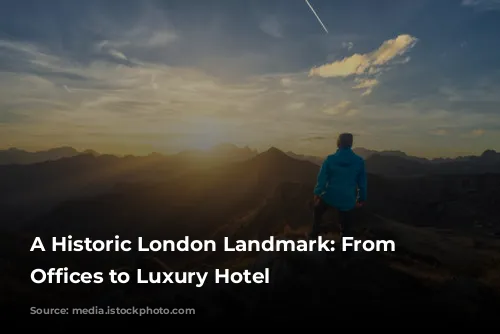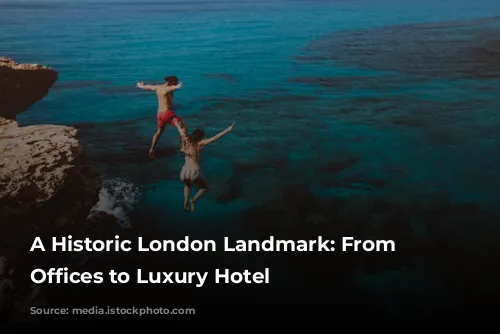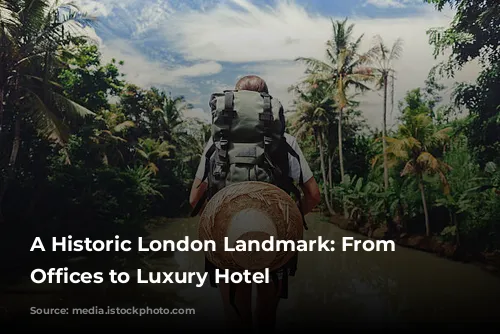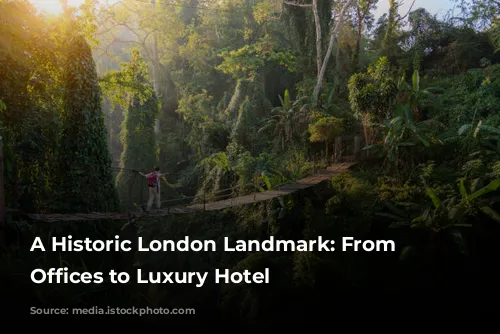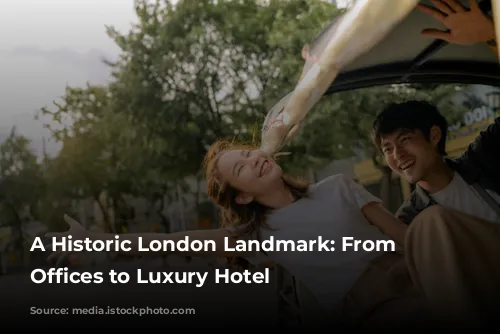The Corinthia Hotel London, nestled in the heart of London at the intersection of Northumberland Avenue and Whitehall Place, boasts a fascinating history. It stands on a triangular site, strategically positioned between the iconic Trafalgar Square and the River Thames embankment. This majestic building, a testament to Victorian grandeur, has been witness to pivotal moments in British history.
A Grand Opening and Early Years
Originally known as the Metropole Hotel, the building opened its doors in 1885, captivating Londoners with its opulence. The hotel’s location, conveniently situated near the Palace of Westminster and government offices in Whitehall, made it an immediate success. This proximity also drew the attention of royalty, with the Prince of Wales, later King Edward VII, gracing the hotel with his presence on numerous occasions. The hotel’s grand ballroom even had a reserved box specifically for him.
A World War I Haven
With the outbreak of World War I, the Metropole Hotel’s grand halls transformed into a haven for government staff. The hotel, along with other buildings in Northumberland Avenue, was commandeered to house essential personnel. It even played host to the Commanders-in-Chief of the British Expeditionary Force, Field Marshals John French and Douglas Haig, just before they embarked for France.

A Swinging Post-War Era
After the war, the Metropole reopened its doors to the public, this time with a new addition – a vibrant cabaret known as the “Midnight Follies.” This popular entertainment drew crowds with its lively music and performances, becoming a symbol of post-war London life. Bert Firman, a young and talented violinist, was propelled into the spotlight when he became the bandleader of the Midnight Follies Orchestra at the tender age of sixteen.
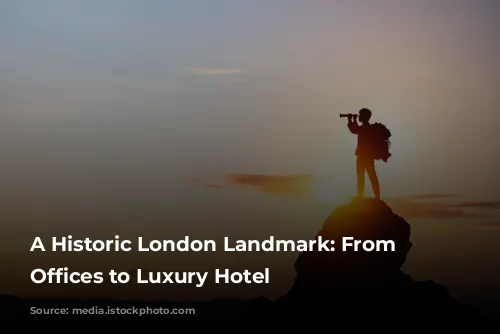
Sporting Glory at the Metropole
The Metropole continued to be a popular spot for sports enthusiasts, most notably in 1936 when the England rugby team celebrated their historic victory over the New Zealand All Blacks. This momentous match, witnessed by the nation, was etched into sporting history thanks to a legendary try scored by Prince Alexander Obolensky. The England team chose to celebrate their victory at the Metropole, where they found themselves sharing the hotel with their vanquished opponents.

A Government Building in the Shadow of War
As World War II loomed, the government took over the Metropole, converting it into a vital hub of government operations. The hotel became home to various departments, including MI9 and the Special Operations Executive, responsible for espionage and sabotage during the war. It also served as a crucial location for the planning of Operation Overlord, the Allied invasion of Normandy.
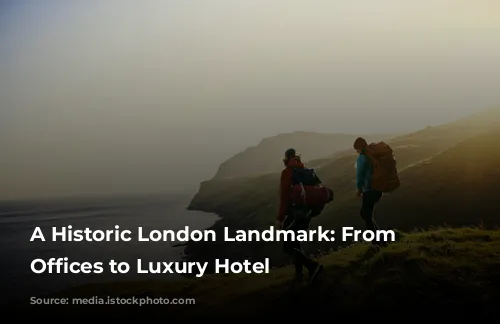
From Ministry of Defence to Luxury Hotel
Following the war, the Metropole was transferred to the Crown Estate and used as a government building, specifically for the Ministry of Defence. This period saw the hotel host countless press conferences and events, its mirrored ballroom becoming a stage for important announcements and gatherings. In 2007, the building was acquired by a consortium and transformed into the luxurious Corinthia Hotel, once again re-emerging as a symbol of grandeur and elegance.

A Modern Legacy
The Corinthia Hotel, with its rich past, continues to be a captivating landmark in London. The hotel, with its elegant residences and world-class spa, draws visitors from across the globe. It also plays host to various events, including the official announcement of the James Bond movie Skyfall, demonstrating its continued connection to the glamorous world of cinema. The Corinthia Hotel, a testament to London’s enduring charm, serves as a reminder of the city’s vibrant history and its unwavering spirit.
